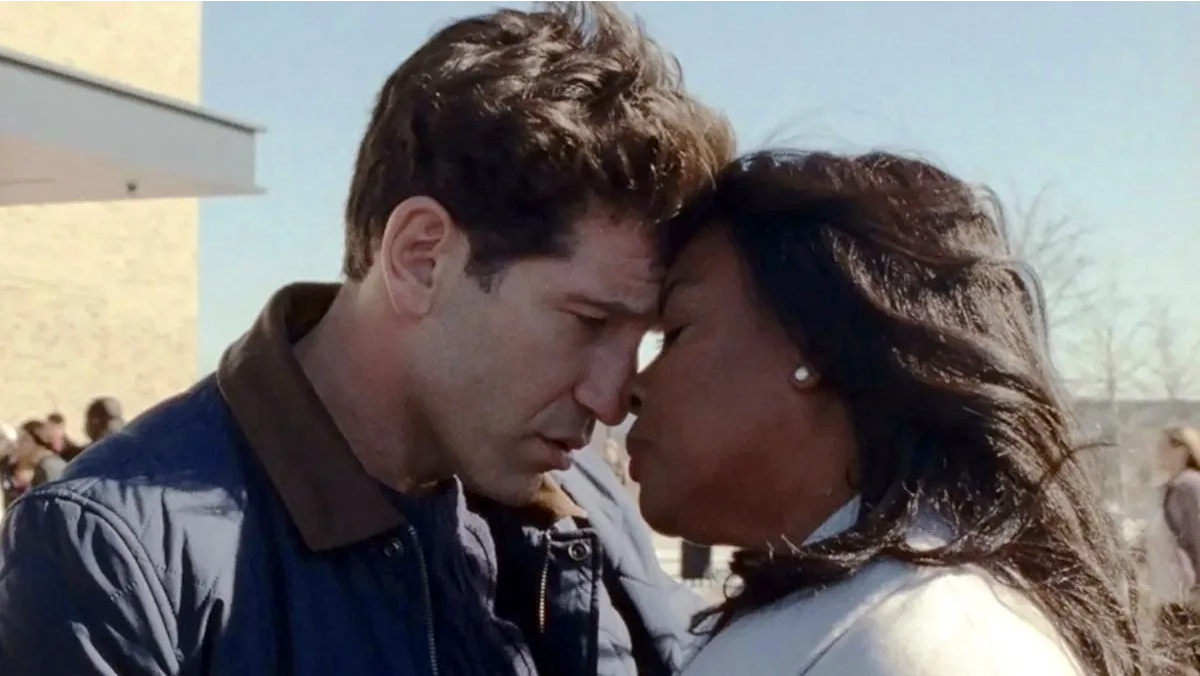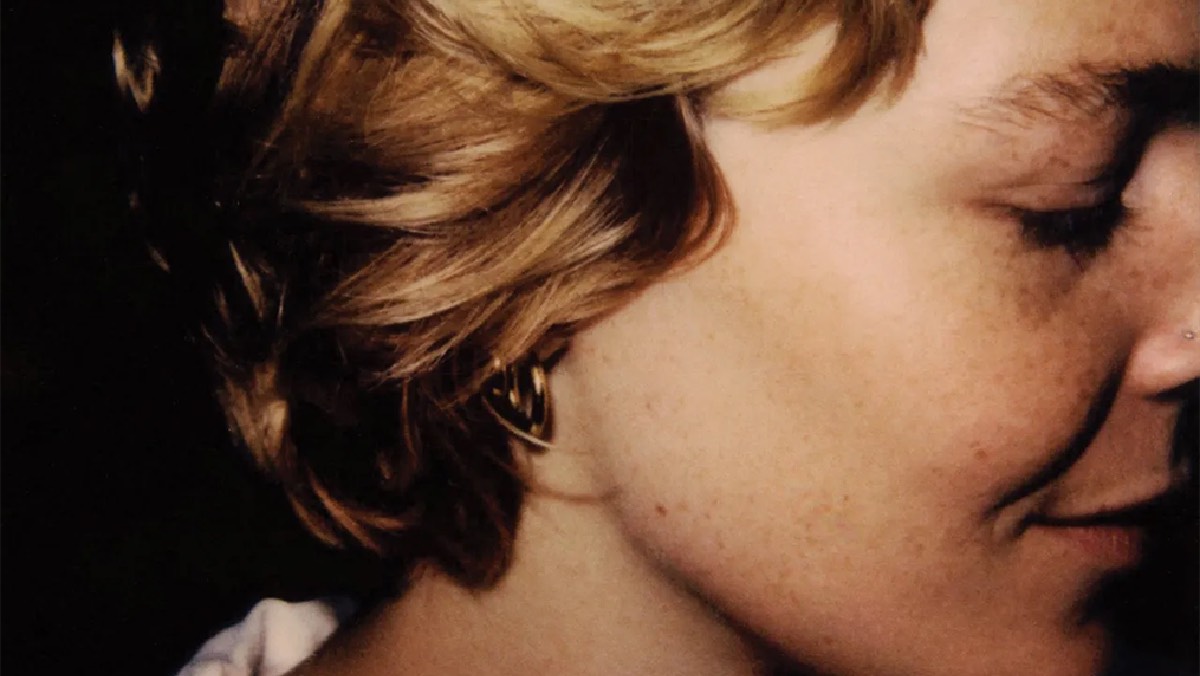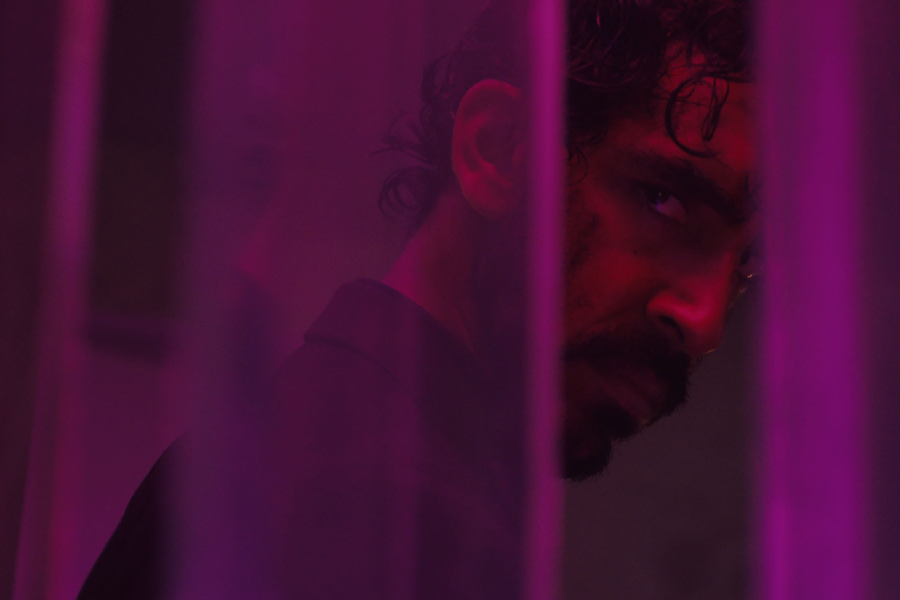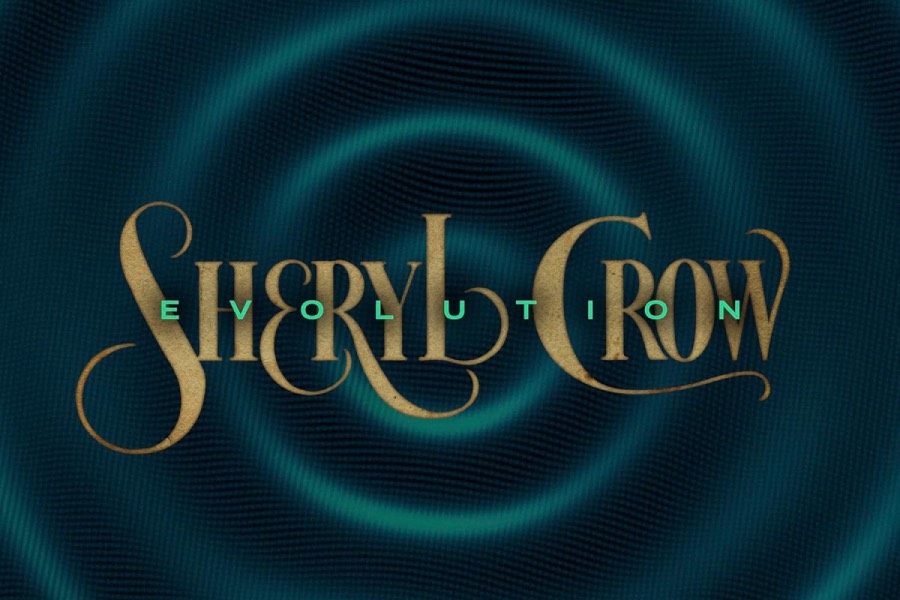A blue title card appears. Written on it is a quote from the French poem “Le Cimetiere marin” by Paul Valery: “The wind is rising. We must try to live.” The quote sums up the message and meaning of the film “The Wind Rises,” a Japanese anime and the final film by the legendary director Hayao Miyazaki, director of such films as “Howl’s Moving Castle,” “Ponyo” and the Academy-Award winning “Spirited Away.” Miyazaki uses this idea of life’s constant changes and one’s struggle to survive to create a charming and mesmerizing piece of art that works — for the most part.
The film follows the life of Jiro Horikoshi, voiced in the English dub by Joseph Gordon-Levitt, a young man who is fascinated by flight and wants nothing more in life than to design aircrafts. He eventually gets his wish by working for the Japanese government during World War II, but at the moral cost of designing fighter planes and bombers. During this time, he also reconnects with a young woman named Naoko, voiced by Emily Blunt, whom he helped save during an earthquake many years earlier. What follows is a story about the power of love, passion and living one’s dream, no matter where it may take them.
Like all of Miyazaki’s other works, “The Wind Rises” truly excels in the realms of visual design. This film is simply gorgeous to watch. The art direction, notably the film’s rich use of color, is expertly executed, appearing as though a painting had sprung to life in front of the audience. Miyazaki fills every single scene with enough brightness and vibrancy so the audience never becomes tired of looking at the screen. He creates a pleasant atmosphere that leaves viewers feeling content and allows them to easily embrace the film. This is especially true during sequences where Jiro designs his planes in his dreams. In these instances, Miyazaki takes advantage of the opportunity by throwing in so much vivid imagery, such as abstract shapes in the sky slowly evolving into the plane, delivering a stimulating visual experience.
Unfortunately there’s a large issue with this film — the English dubbing. The lines are fairly ridiculous, with many phrases coming out as strange or nonsensical. This wouldn’t be as big of a problem if the actors had put actual effort into their performances, but sadly this isn’t the case. Most of the actors in the film are not really trying to sound believable or invested in the story, which makes the film drag on for what feels like forever. Gordon-Levitt and Blunt were most guilty of this, with almost all of their dialogue sounding forced and boring. A prime example of this is when the two profess their love for each other and admiration of their beauty. However, both actors sound as though they had just woken up from a nap and were told they had to read the script. Given a choice between the original Japanese and the English dub, audiences would probably prefer the former for the sake of authenticity.
Despite this rather large setback, the shoddy voice acting doesn’t affect the original intention of the film. “The Wind Rises” is still a gorgeous final work created by one of the most influential animators of our generation. The visual animation alone would have made this film a high note for Miyazaki to end his career on, but he thankfully went above and beyond for his final film to create a beautiful and memorable atmosphere that will satisfy longtime fans and newcomers alike.














